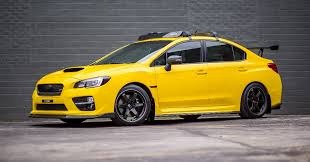Will You Get Rumored New STI EV?
4 OCT 2024 - Jeff Willis
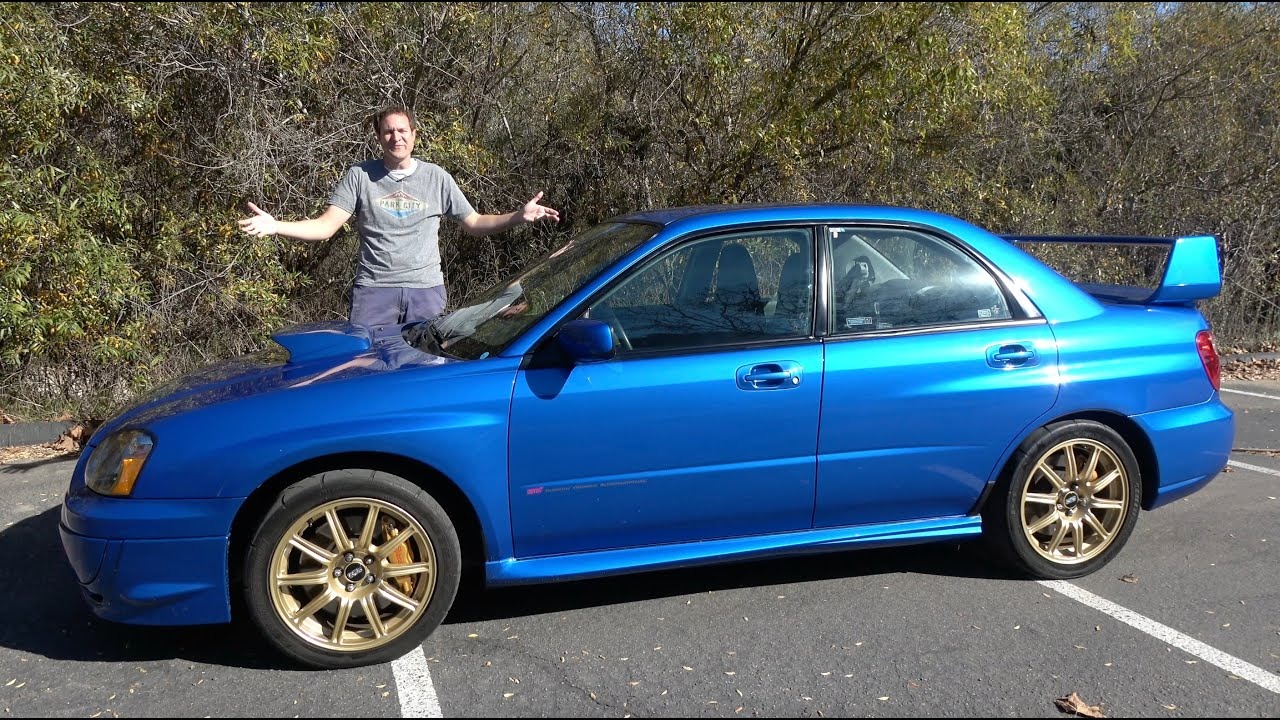
It’s been 20 years since the Subaru STI hit US markets in 2004, after enthusiasts pined after one as the popularity of World Rally continued to expand. This was Subaru’s answer to the other highly anticipated Mitsubishi Lancer Evolution that hit the markets a year earlier, and Subaru offered something competitively, but also something in its own skin. More importantly, the 2004 STI featured Subaru’s legendary EJ25 engine that was paired with a very robust 6-speed manual transmission. The result was 300 HP, with a 0-60 time in just 4.6 seconds. The STI featured factory 17” BBS wheels, and behind those wheels were factory-issued gold Brembo calipers to bring the STI to a halt. With shared parallels with the Evolution, the STI also featured a large flagship rear spoiler on the back that distinguished this Impreza model from the WRX. The interior offered an impeccable driving position while sitting on STI-exclusive blue microsuede seats as your view of the road looked over the hood scoop. The soundwaves from the EJ25 at full throttle really gave the STI its own identity with that unique Subie rumble that you could easily identify if you heard one going full throttle from blocks away.
Now we won’t divulge in the history of the STI as it has been covered in previous blogs. What we do know is the rich history of the STI variants from 2004-2021, and we know that the EJ25 has been the powerplant behind the Blobeye, the Hawkeye, the GR/GV models, then finally the VA models.

However, in the last decade, electric vehicles such as Tesla have been establishing their dominance in the entire EV market. Tesla’s really started turning heads just a hair over a decade ago especially when the Model S Performance models would launch into 60 mph in just under 3 seconds while in Ludacris mode. This was supercar territory and from a physics standpoint, it didn’t make any sense to us gearheads. In order for a regular high-horsepower import such as a MKIV Supra, or any fast gasoline-powered vehicle for that matter to go that fast, you need to be making 800+ horsepower with a tall slick tire mounted on the back on a prepped surface. You need to do a John Force style burnout to get some heat in the tires, and you need to focus on keeping the car straight. With Teslas, you just stab the throttle. Granted with older Model S units such as the P85D, P90D, and P100D, you had to put it in Ludacris mode. Even with their entry-level Model 3 Performance units, you just stab the throttle, and you’re hitting 0-60 in 3.1 seconds. And this is on all-season tires mounted on 20-inch wheels that have no sidewall in terms of tire cushion.
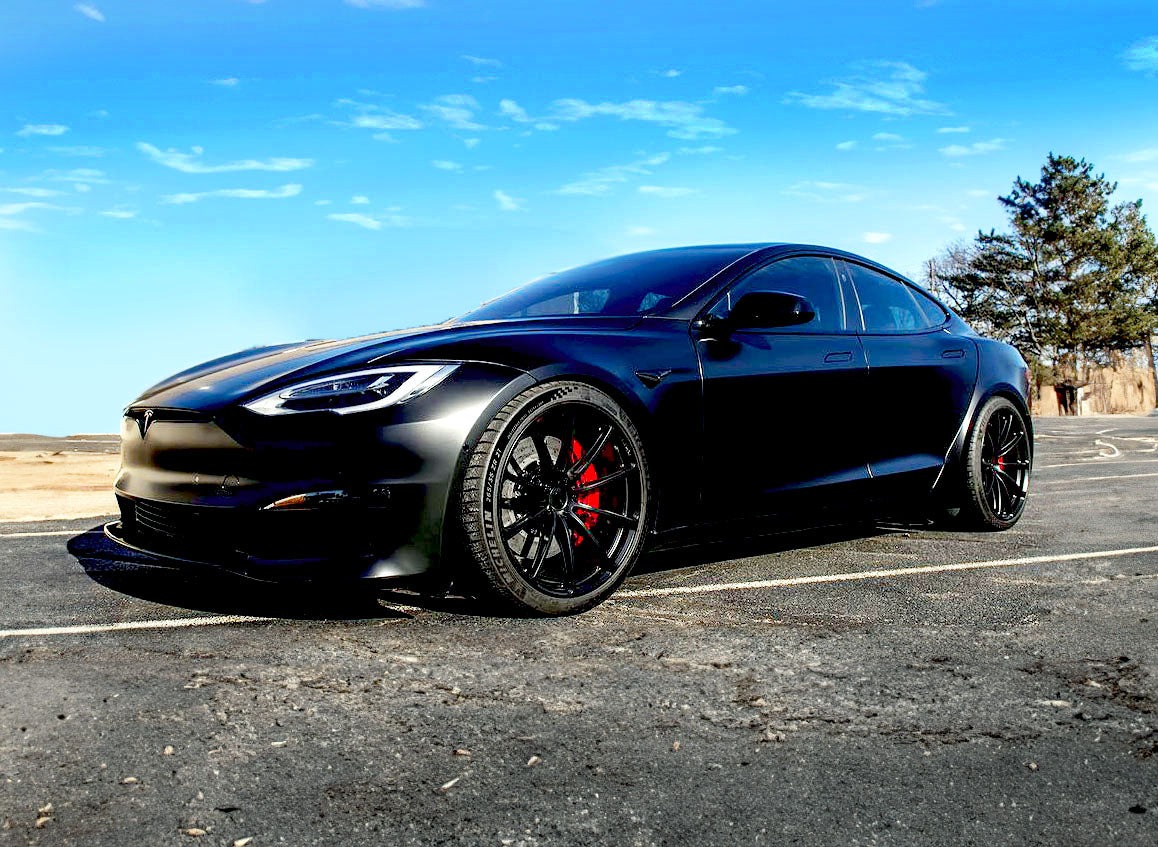
How Tesla managed to hit these crazy performance numbers is made possible by a few major elements. One of these reasons is that all of the weight is on the bottom of the vehicle. The giant battery is mountain on the bottom of a Tesla, and it is very heavy. The ‘fast’ Tesla models are Dual Motor which means they have a separate motor in the front, as well as in the rear, making them AWD. And lastly, aside from the Cybertruck, the Model S in particular, is one of the most aerodynamically refined production models in terms of being to accelerate with the most reduced amount of drag.
But the most obvious appeal to the Tesla is the fact that these cars do not run on gasoline. They include chargers that you can wire into at home using a 240-style plug for full charge in 8 hours, or you can use a standard plug-in charger that can charge up to an additional 60 miles overnight depending on what model you have.
Prior to Tesla, consumers who wanted to battle unsettling fuel costs have resorted to the Toyota Prius, and then there have been a number of Hybrid models that have been released. And then Fisker tried making a more attractive looking EV with their models but there was a lot to compromise with in terms of actually keeping that car on the road.
Tesla on the other hand, made a vehicle that has decent range for daily use, and they are continuing to develop supercharging stations across the US to make long distance travel more sustainable. From 2014 -2020 Tesla had an iron grip on the market, and it made CEO Elon Musk the richest man in the world. But behind the scenes, other major automobile manufacturers wanted to dive into the game as well. Because Tesla formulated going fast without gas, other said manufacturers worked hard to replicate the same performance.
Hummer, made this nearly 10,000lb SUV go from 0-60 in 3.3 seconds:
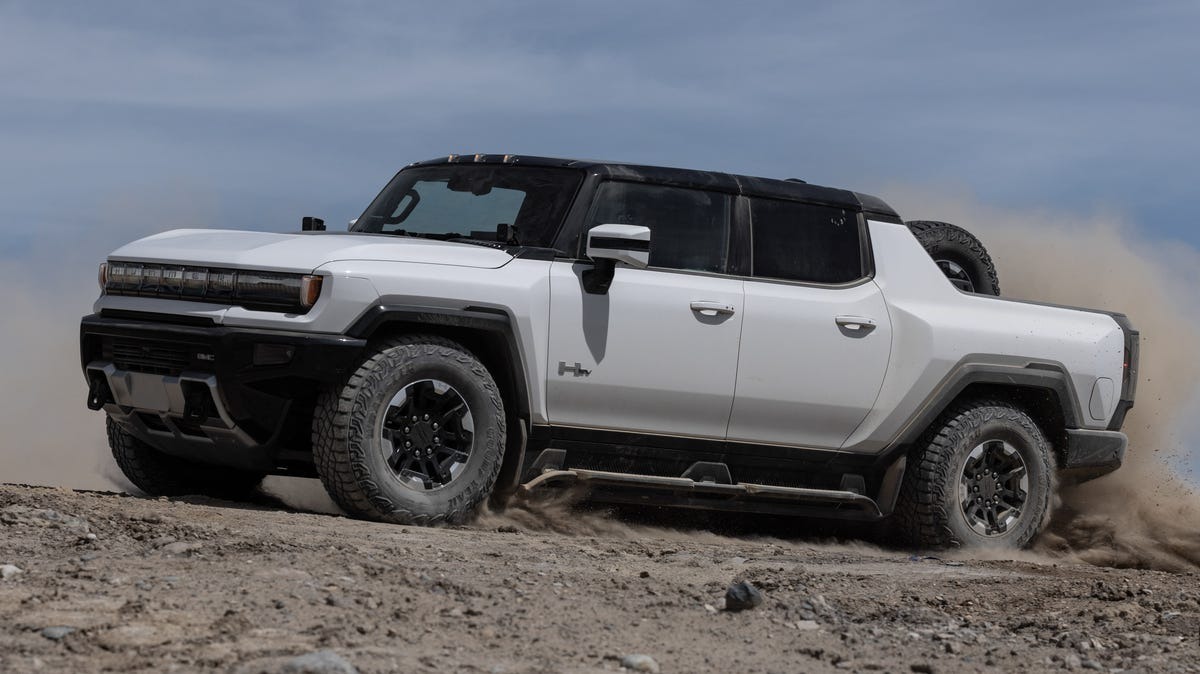
Lucid with their ultra-luxury styling has their Air Saphire model that reaches 0-60 in under 2 seconds:
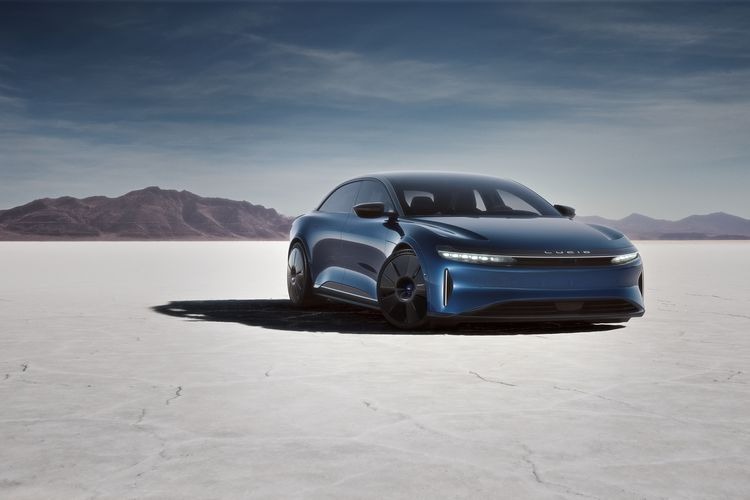
And as mainstream manufacturers joined the EV game but not in such performance extremities, Subaru also released their EV SUV known as the Solterra:
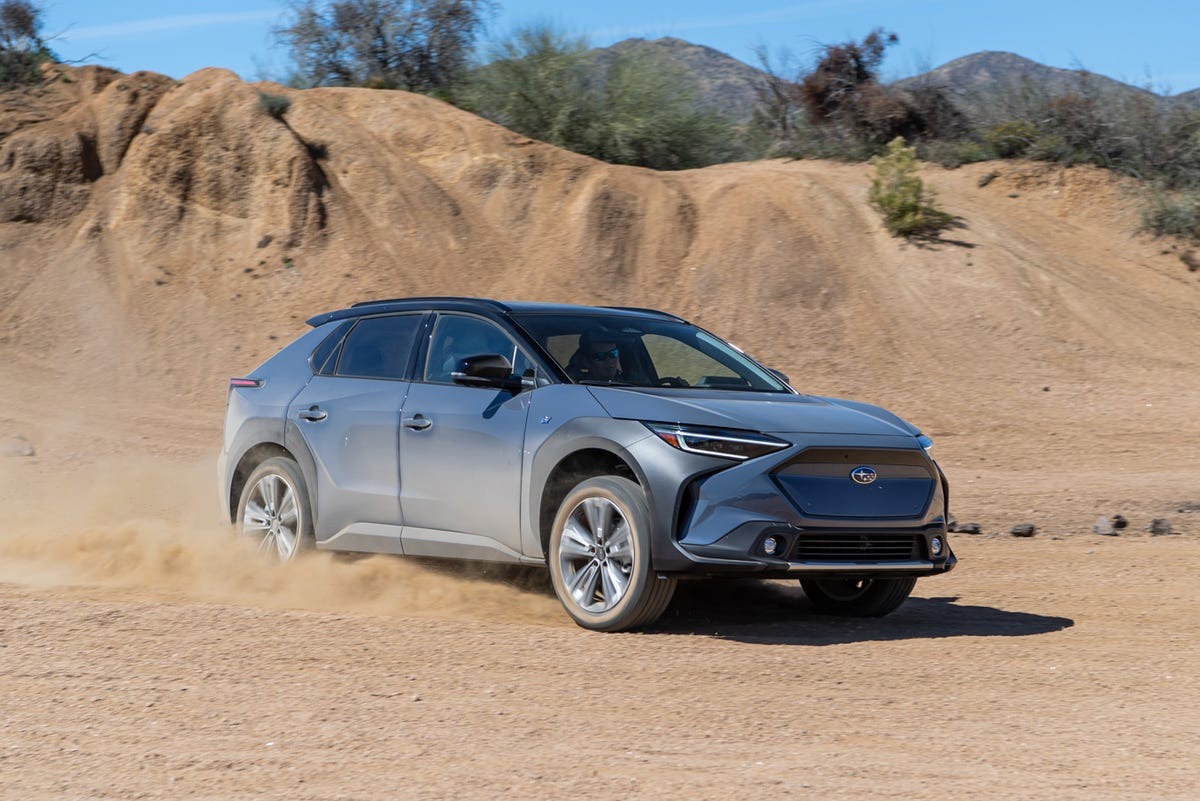
Now that pretty much all automobile manufactures offer an EV option for 2024, we are seeing the mechanical repercussions from early models. Sure, you’re not paying for gas, oil changes, clutches, and general wear-and-tear items associated with gas-driven vehicles, but what happens when the main battery dies? For consumers of pre-owned early Tesla Model S units, they need to pull out a second loan just to pay for the battery, because those things are expensive.
Additionally, charging is not free. If you commute 40 miles to work, take a lunch break, and commute 40 miles back home while running errands, that’s easily 100+ miles on a daily basis. This drives your electrical bill up $50 a month extra at minimum. And then many will pay an electrician to install a 240-style plug at your garage that can cost anywhere from $500 to $6000 dollars on top of a level 2 charger. And supercharger stations can cost up t0 $20 to completely charge a Tesla.
And because Tesla’s dominate supercharger stations, it makes it challenging for other EV models with different charger plug-in designs. Now they make adapters, but mileage anxiety with EV vehicles is a real thing. Because if you let your battery die, you need to have your car towed to the closest source of charging.
The point is, with EV vehicles, there are some give and take. And with Subaru announcing that if there was another STI model to join the VB WRX, more than likely it would be an EV.

But why? Why make our beloved rally car into an EV? No more Subie rumble? No more turbo noises? Ford did it with their ‘Mustang’.
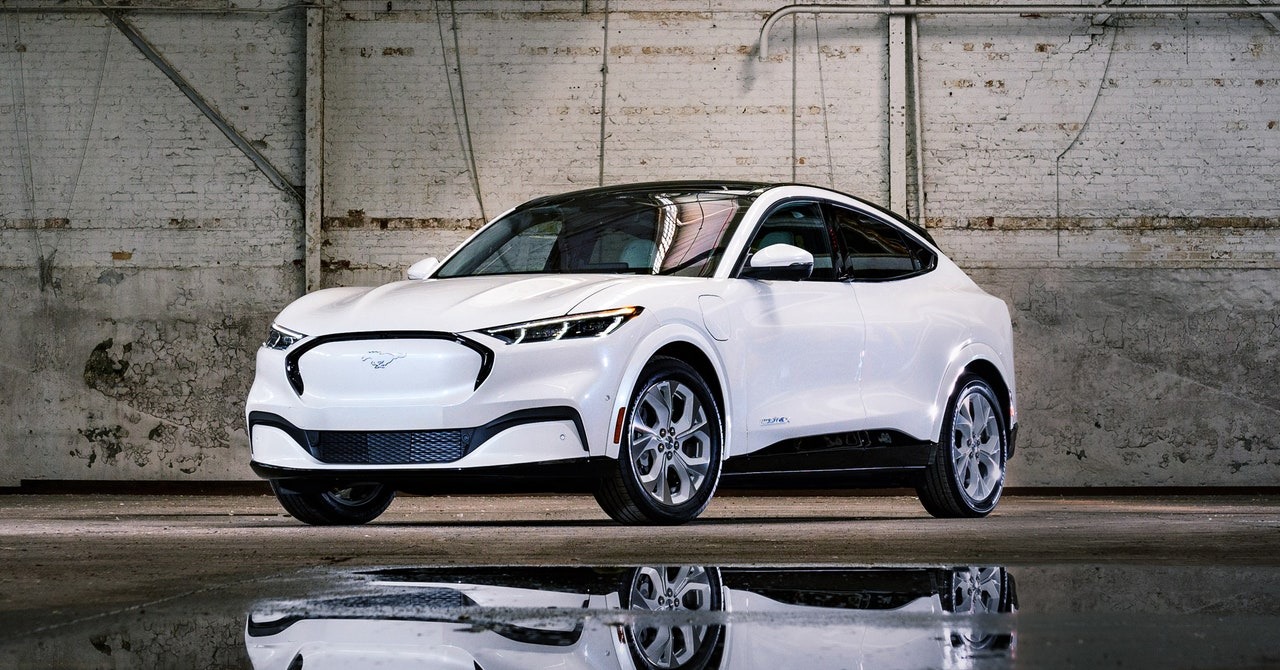
And although EV cars in general are ergonomically comfortable, and styling is competitive with Tesla, performance wise, it lacks, and it also lacks that all-American V-8 sound. Now Ford did not stop production with the traditional Mustang, perhaps Subaru is trying to make their own path in terms of selling an attractive EV calling it the next ‘STI’.
Face-peeling acceleration aside with the fastest of EVs, car enthusiasts share a popular opinion with EVs in general. They lack the soul of a gas-powered vehicle. And there are some good points to listen to. For an enthusiast, one of the most rewarding aspects of owning a previous-generation STI is the satisfaction you get from changing your own oil, installing those mods you worked so hard for. And most importantly, rowing through the gears as EVs just require you to stab the pedal.
With driving any Subaru STI, you get to experience performance on asphalt or on tarmac. You get to feel those Brembos clamp down on the rotors when setting up your next apex. Or when you hear the motor build up oil pressure when you first start it in the morning. The blow-off valve noises, the turbo spooling noises, the entire vehicle is a mechanical symphony that you just appreciate especially when everything is copesetic. And as a Subaru does, you get the perpetual smell of oil and coolant. With an EV, they are undoubtedly comfortable, all the safety guards in place, autonomous driving. All the screens and cameras to show your entire surroundings, and no worry of overheating, starter issues, clutch issues, or anything else associated with gas-powered cars.
Sounds like a major turn off right? Take a look first at the concept:
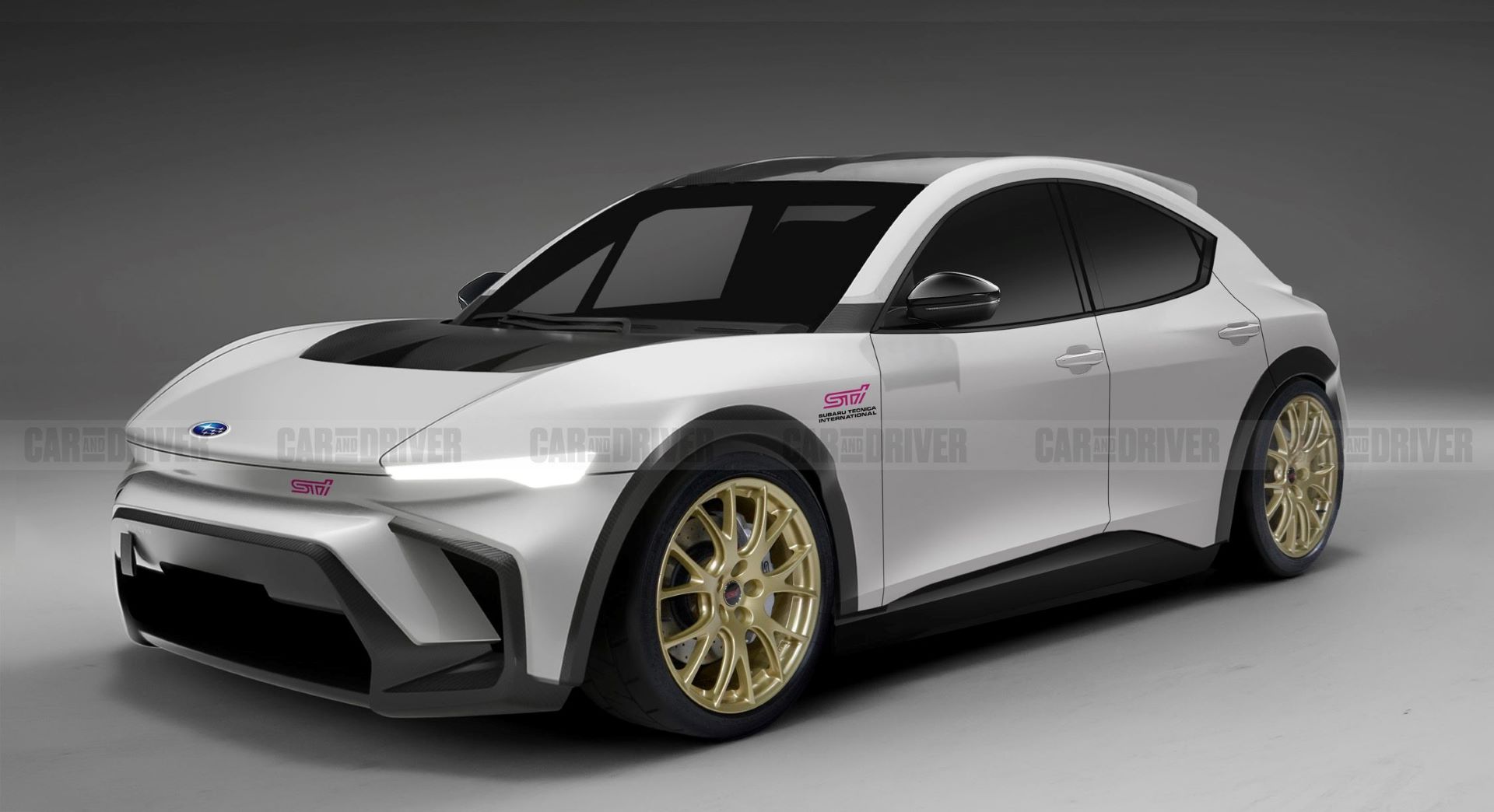
Now this is just a concept. Almost shares some ques with the Mustang EV, but objectively, the styling isn’t terrible. Now we don’t know how much ‘STI’ will be in this Subaru if it goes into production. We don’t know how fast it’s going to be. We don’t know how Subaru will appeal to the enthusiast masses. What we do know so far, is that the reason why we are seeing an abundance in EV production from all manufacturers is to curb the climate crisis. The statement ‘fighting the climate crises has its own contradictions because the batteries are made from lithium. The fuel and energy used to make these vehicles effects the overall environment, but consumers are not thinking about this. Customers are purchasing these, so they don’t have to deal with erratic costs at the pump as prices during the time of this article are nearing $3.65 per gallon. It’s just the sign of current times as some vehicle manufacturers are talking about making their complete lineups full EV.
So, the question is, as a Subaru owner or enthusiast, are you going to get the STI if it is an EV? Do you want to hang onto your older Subaru as a collector or as a fun weekend car while you enjoy a new STI EV as the daily commuter with all the new tech? Can you rally the EV STI? Can you enjoy donuts in a church parking lot the first time it snows? Well, there is one thing you can at least count on in a jokingly manner. You won’t have to worry about rod knock.
Regardless of what happens, or how you feel personally about it if you’re on board or not, Subaru’s aftermarket will be busy making suspension mods, we will figure out the best wheel fitment, and we will figure out what exterior mods will look best. One thing we are experiencing right now is the next evolution of the automobile. The wheels are getting reinvented as we speak in the name of electricity. Are we seeing the end of combustion engines? Not anytime soon making all vehicles electric is simply not sustainable at the time the world would have to convert every gas station into an EV charge station. 2028 is just four years away we will see what Subaru has up their sleeves. As of now, the VA STI remains as the last exclusive STI model.
